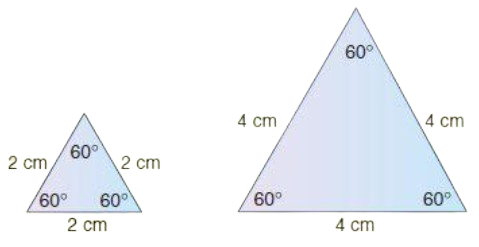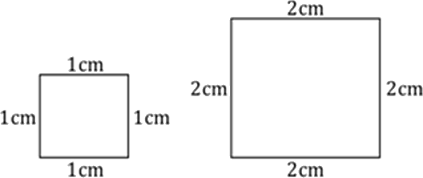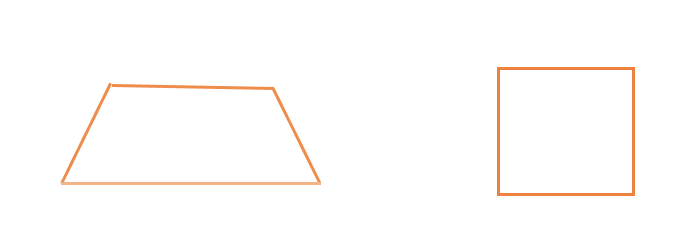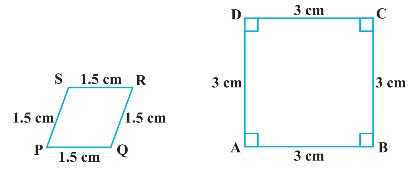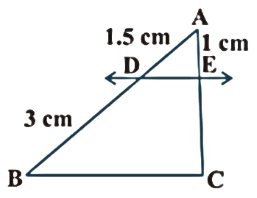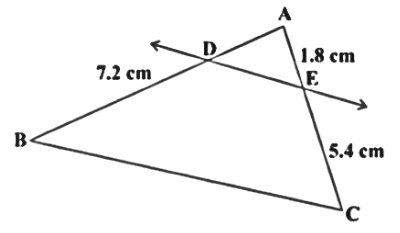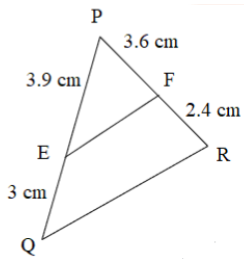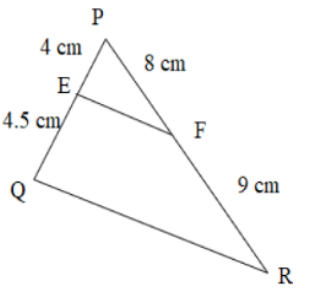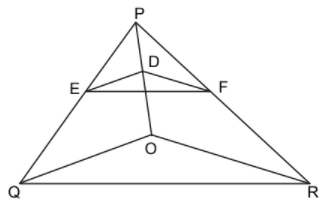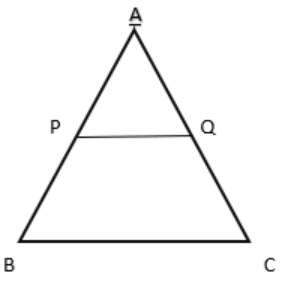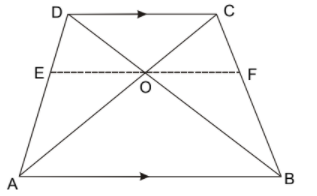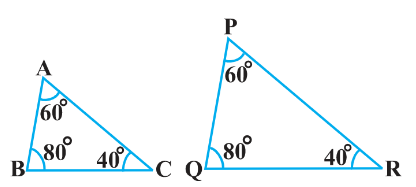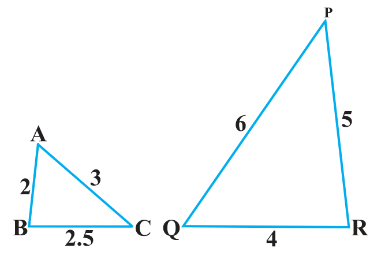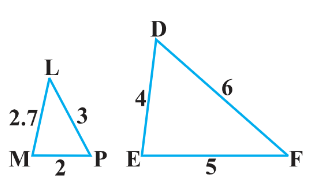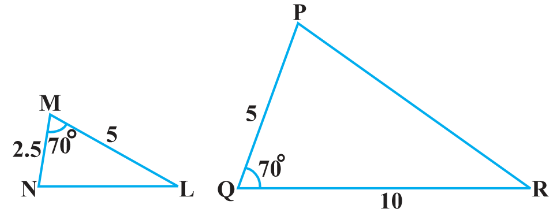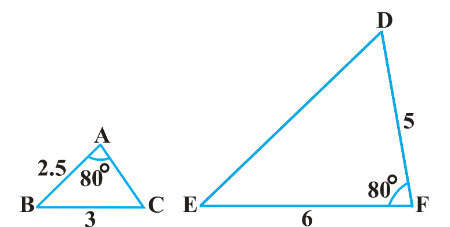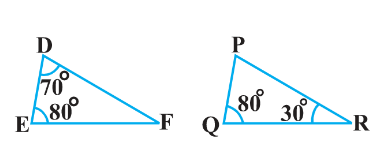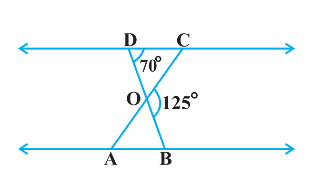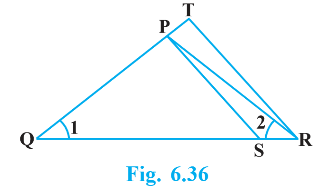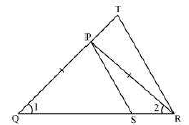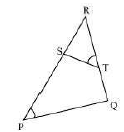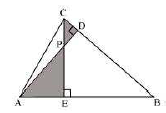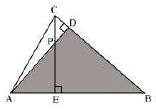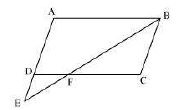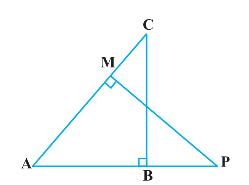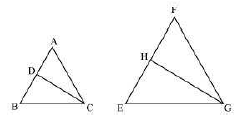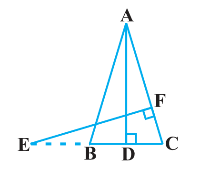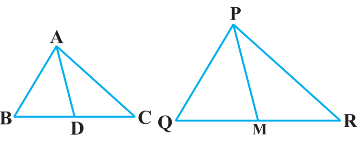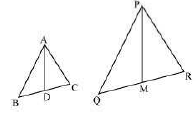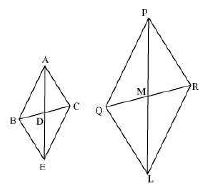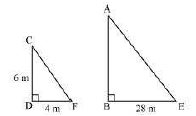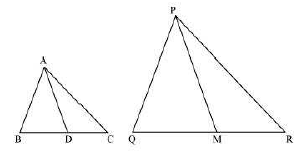NCERT Solutions for Class 10 Chapter 6 Maths Triangles - FREE PDF Download
NCERT Solutions for Class 10 Maths Chapter 6 Triangles



FAQs on NCERT Solutions for Class 10 Maths Chapter 6 Triangles
1. How Many Exercises are There in NCERT Solutions for Class 10 Maths Chapter 6 Triangles?
The Class 10 Maths NCERT Solutions for the Chapter Triangles contain exercises corresponding to each topic. The chapter contains a total of 6 exercises with a total of 65 questions. The questions include a mix of long and short type questions. Students should attempt to understand all the concepts and theorems given in the chapter and then solve the questions in the exercises. Solving these questions will definitely give the students a competitive edge in the exams.
2. How Many Marks are Allotted to the Class 10 Maths Chapter 6 Triangles in the Board Exam?
The Class 10 Maths Chapter 6 Triangles is a part of a broader unit ‘Geometry’ in the Board exams. The unit of Geometry comprises a total of 15 marks in the Board exams. The Triangles chapter is an important chapter as per the examination point of view and as such is likely to carry around 5-6 marks in the Class 10 Board exams.
3. Which are the Important Topics to Remember Present in CBSE Class 10 Chapter 6 Triangles?
In the CBSE Class 10 Maths Chapter 6, the topic discussed is Triangles. The topics that are important from this chapter are:
Similarity theorems of triangles.
Criteria for triangle similarity.
Area calculation of similar triangles.
Pythagoras theorem and the concept of similar triangles.
Students should make sure that they are thorough with all these topics and should leave no stone unturned to practise as many questions as possible while preparing this topic for the exams.
4. Can the PDF of NCERT Solutions for Class 10 Maths Chapter 6 Triangles be Downloaded for Free?
Yes, at Vedantu you can download the NCERT Solutions for Class 10 Maths Chapter 6 Triangles PDF for absolutely free of cost. The solutions of this chapter have been compiled by some of the best subject experts and provide a clear insight into the various concepts included in the chapter. To download the PDF of the Class 10 Maths Chapter 6, you will just be required to click on the link provided on this page.
You can also choose to take a print out of the PDF and keep it handy for revision purposes. You can also download the Vedantu app n your phone from where you will be able to access the top-notch study material for your Class 10 exam preparation at one go.
5. Do I need to practice all the questions given in the NCERT Solutions Class 10 Maths Triangles?
It is a good idea to practice every question given in the NCERT Solutions for the Class 10 Maths chapter on Triangles. This way you will understand all the topics and concepts clearly and solve all the problems easily. You will also gain confidence about the exam with increased speed and accuracy because the NCERT Solutions provided by Vedantu are curated by subject matter experts. These solutions are therefore guaranteed to help you to clear your concepts easily and effectively for your exam.
6. What are the important topics covered in Class 10 Maths NCERT Solutions Chapter 6?
Chapter 6 of the Class 10 Maths NCERT book deals with Triangles. The most important topics that are covered in this chapter are:
Definition of a triangle
Similarity of two polygons with an equal number of edges
Similarity of triangles
Proving the Pythagorean Theorem
The concepts of Class 10 Maths Chapter 6 may be a bit tricky to understand. Therefore it's a good idea to download and study the NCERT solutions for Class 10 Maths. These solutions are prepared by subject matter experts with decades of experience and will help you to understand all concepts thoroughly and easily.
7. How can I score the best in Class 10 Maths Chapter 6 Triangles?
The following points will help you to score well and get to the best of your potential in Class 10 Maths Chapter 6 Triangles:
Understand the concept of this chapter.
Prioritise NCERT.
Refer to extra materials like NCERT Solutions of Class 10 Maths Chapter 6 Triangles available at free of cost on the Vedantu app and on the Vedantu website.
Solve model papers.
Maintain a separate notebook for formulas and theorems.
Practice graphs and diagrams.
If you want to score better than all your peers, then your best shot is definitely to download the NCERT Solutions for Class 10 Maths by Vedantu. Vedantu’s NCERT solutions are prepared by the best Maths teachers in India and written in easy to understand language.
8. What are the most important theorems that come in Class 10 Chapter 6 Triangles?
The most important theorems in class 10 Chapter 6 Triangles are:
Pythagoras Theorem
Midpoint Theorem
Remainder Theorem
Angle Bisector Theorem
Inscribed Angle Theorem
To clearly understand the major theorems included in the Class 10 Chapter 6 Triangles, it's best to download the NCERT solutions for Class 10 Maths. These solutions will help you in learning advanced theorems like the ones present in this chapter. This way you can be sure that you will be able to score well in your Class 10 board exams as well.
9. What is the name of chapter 6 class 10 maths?
The name of chapter 6 in Class 10 is Triangles.
10. What is the formula for the triangles in Ch 6 Maths Class 10?
General Formula for area of a triangle is ½ * base * height
Pythagorean Theorem: a² + b² = c² (where a and b are the lengths of the two shorter sides, and c is the hypotenuse - the longest side opposite the right angle)
Heron's Formula for Area of a Triangle: A = √(s(s - a)(s - b)(s - c)) where s = (a + b + c) / 2




















 Watch Video
Watch Video



